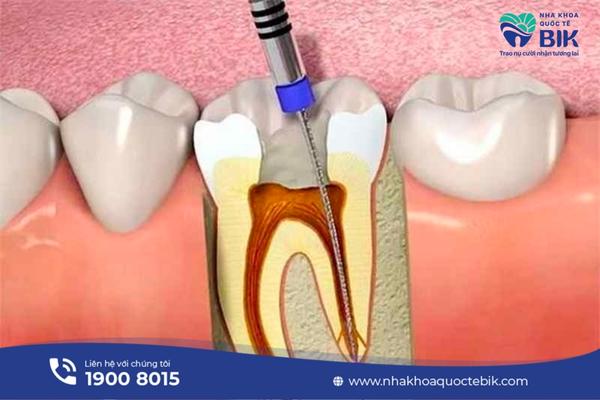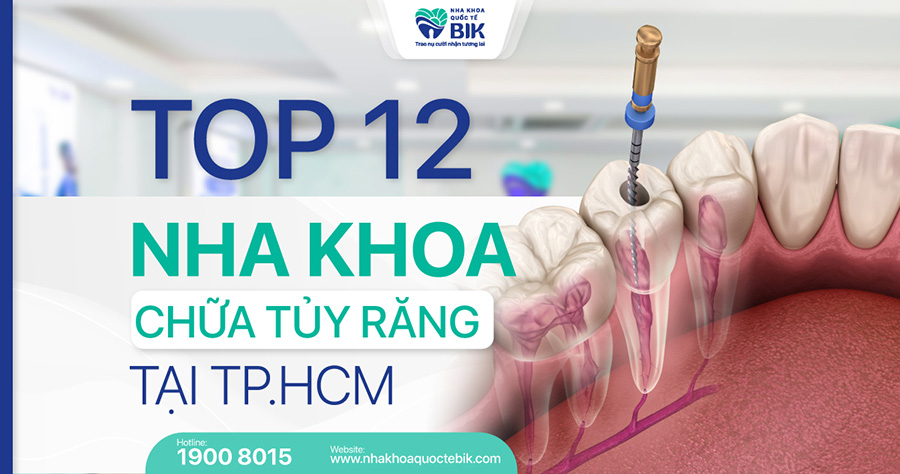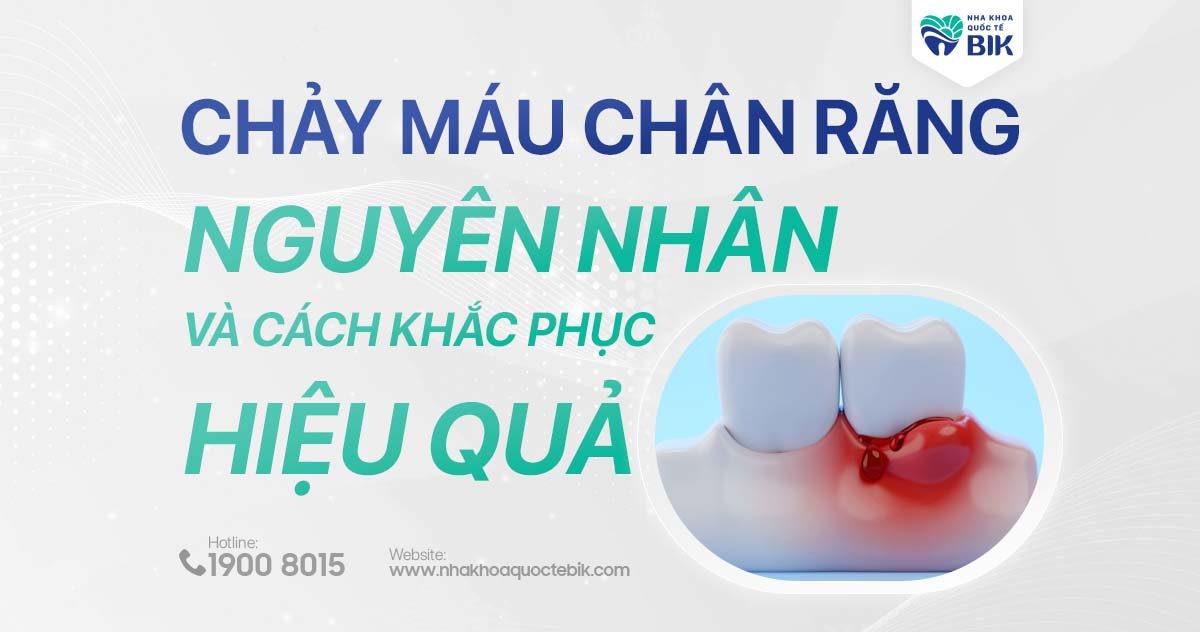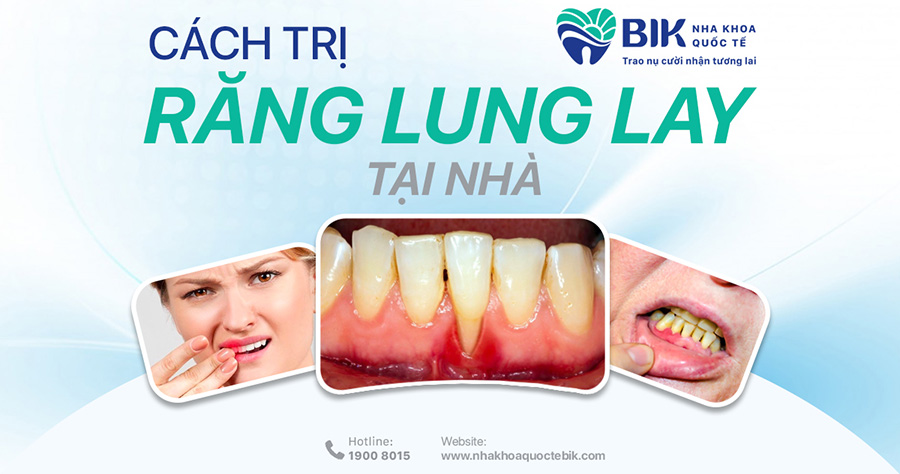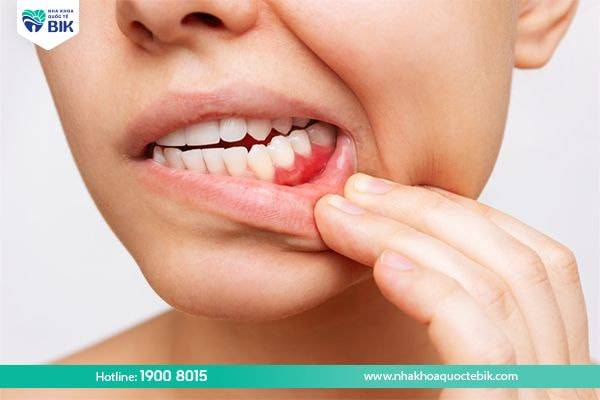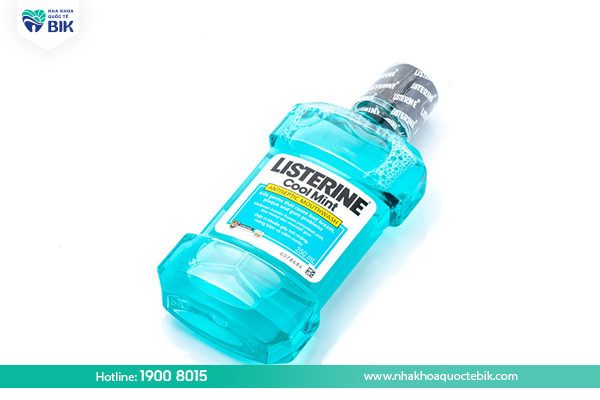Tooth decay is one of the most common oral phenomena, although not too worrying, it can be a sign of other dangerous dental diseases. Therefore, ways to relieve toothache at home with simple available ingredients are a topic of interest to many people. Let’s find out with BIK International Dentistry through the following article!
1. Causes of tooth decay
According to oral health experts, toothache is not a disease but a sign of other oral diseases. Depending on the cause as well as the severity of the pain, the duration of the pain, there will be different treatments. Therefore, when a patient has a toothache, it is necessary to find the cause so that there can be a definitive treatment method.
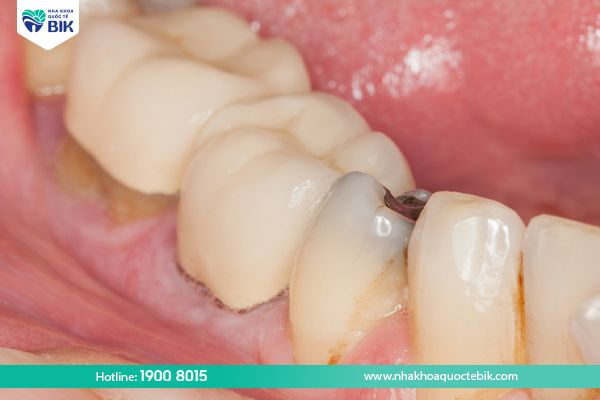
Common causes of toothache are as follows:
– Pulpitis
– Tooth decay
– Gum disease
– Tooth abscess
– Sinusitis
– Wisdom teeth eruption
In addition, toothache can also be caused by some less common causes such as: broken teeth, excessive teeth grinding, dental treatment or alignment, receding gums causing exposed tooth root surface,….
2. 8 effective ways to relieve toothache at home
Although toothache is not a dangerous disease, it is a sign of other dental diseases, so when a patient has a toothache, they should go to a dental facility for examination and proper treatment. However, if they cannot go to the doctor immediately, the patient can apply some of the following methods to quickly relieve pain:
2.1. Relieve toothache by applying cold compresses
Cold compresses are one of the popular and easy-to-do ways to relieve toothache at home. The low temperature when applying cold compresses to the painful tooth areas has the effect of limiting blood flow and paralyzing the nerves. Therefore, with many conditions of toothache in particular and pain in general, cold compresses are often used to relieve pain immediately.
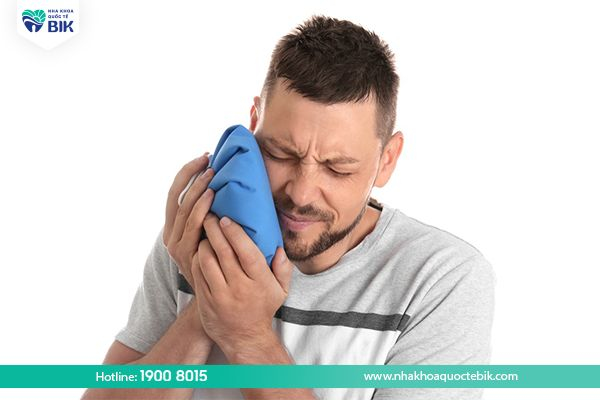
However, patients need to pay attention to applying cold compresses properly to avoid causing damage to teeth and gums as follows:
– Use a compress bag containing ice or cold water inside, if a compress bag is not available, it can be replaced with a clean cotton towel.
– Place the compress bag or cotton towel on the outer cheek near the area of the aching tooth.
The pain relief ability of the compress may gradually decrease when finished, it is important to note that this method should not be overused because the temperature is too cold can affect the teeth as well as related nerves.
2.2. Relieve toothache with thyme essential oil
Thyme essential oil has long been known for its pain-relieving and healing properties due to its many antibacterial, cleansing, and anti-inflammatory properties. In particular, thyme essential oil is recommended by many experts for general infections and inflammation in the oral cavity in particular.
To apply this method, drop a drop of thyme essential oil or use fresh thyme into a cup of warm water, then use the solution to rinse your mouth. In addition, you can drop the essential oil directly onto cotton wool, then place it on the painful tooth. After a few minutes, the toothache will subside and you will feel more comfortable.
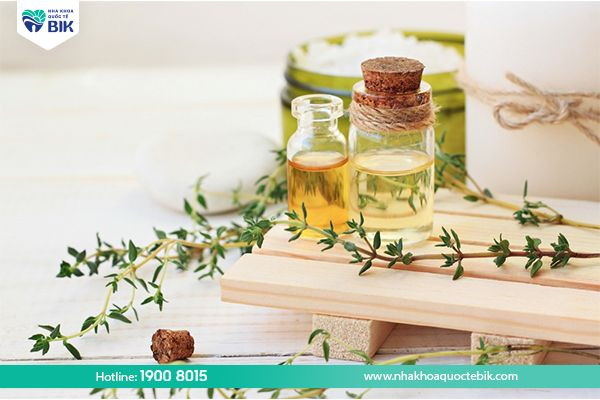
2.3. Relieve toothache by rinsing with salt water
Rinsing with salt water is a simple but extremely effective oral hygiene method that is commonly used. This method not only eliminates bacteria but also repels inflammation in the oral cavity. Therefore, if the cause of the patient’s toothache is gingivitis, periodontitis, etc., they can rinse their mouth with salt water several times a day.
Even when the toothache has subsided, the patient should still continue to rinse their mouth with salt water every day to clean their teeth and prevent the pain from recurring. Patients can use saline solution or replace it with diluted salt water, rinse mouth regularly 2 to 3 times a day for best results. Note that the salt water should not be too salty or too diluted.
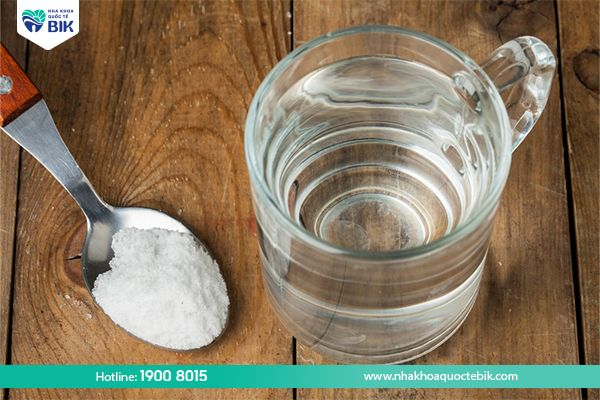
2.4. Toothache relief with garlic
Garlic is a familiar ingredient in every family’s kitchen. In addition to being used as a spice in cooking, garlic also contains Allicin, an ingredient with powerful antibacterial properties. Therefore, folk medicine has passed down a remedy using garlic to relieve toothache as well as inflammation.
This method is applied as follows: Crush fresh garlic, mix with a little water and salt, then apply the mixture directly to the toothache area. Avoid using crushed fresh garlic directly, but mix it with a little water because the garlic concentration is too high and can burn the oral mucosa.
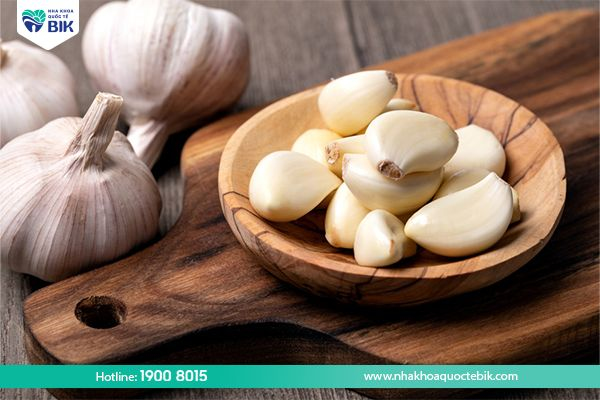
2.5. How to relieve toothache with hydrogen peroxide
In addition to the method of rinsing with salt water, hydrogen peroxide solution, also known as hydrogen peroxide, is also an effective antibacterial mouthwash. According to experts, rinsing with hydrogen peroxide solution is effective when the tooth is painful due to infection. Mouthwash with hydrogen peroxide needs to be mixed in a 1:1 ratio between 3% hydrogen peroxide solution and water.
Accordingly, you should rinse your mouth with hydrogen peroxide for 30 seconds, then spit out the solution and rinse your mouth several times with clean water. Patients should note that hydrogen peroxide solution is extremely dangerous if accidentally swallowed. Therefore, be careful when rinsing your mouth with this solution. For the same reason, rinsing your mouth with hydrogen peroxide solution is not a recommended home remedy for toothache for children.
2.6. How to relieve toothache with aloe vera gel
Aloe vera, also known as aloe vera, in addition to its body-purifying effects, can also help improve oral health. Aloe vera gel is the main ingredient in this succulent plant. Over many years of research, experts have used aloe vera gel for the following purposes:
– Healing burns
– Soothing and relieving pain from skin wounds
In addition, aloe vera gel is also used to clean and soothe swollen gums. Many studies have shown that aloe vera has natural antibacterial properties, thereby destroying some of the bacteria that cause toothache. To use, apply a sufficient amount of gel to the painful area and massage gently.
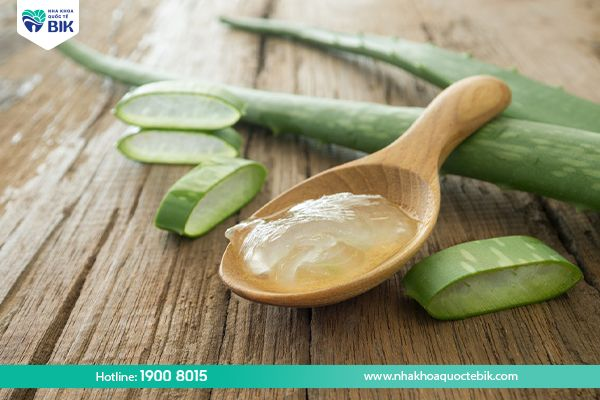
2.7. How to relieve toothache with mint
Mint is also one of the ingredients that has the ability to anesthetize, thereby relieving toothache. In addition, mint is also known by many people as a strong antibacterial agent. You can use dried mint leaves soaked in boiling water for about 20 minutes to make mint tea. Then you can use it as a normal tea or as a mouthwash.
If you do not like mint tea, you can buy peppermint essential oil and put a few drops on a sterilized cotton ball before placing it directly on the painful tooth. This is also considered one of the temporary toothache remedies.
2.8. How to relieve toothache with cloves
Cloves contain eugenol, a natural anesthetic compound. In addition, cloves also have anti-inflammatory and antibacterial properties, thereby supporting the recovery and prevention of tooth and gum infections.
To perform this method, use a sterilized cotton ball soaked in a few drops of clove essential oil and place it directly on the painful tooth. In addition, instead of using pre-distilled essential oils, patients can also try chewing dried cloves and holding them at the painful tooth for about 30 minutes.
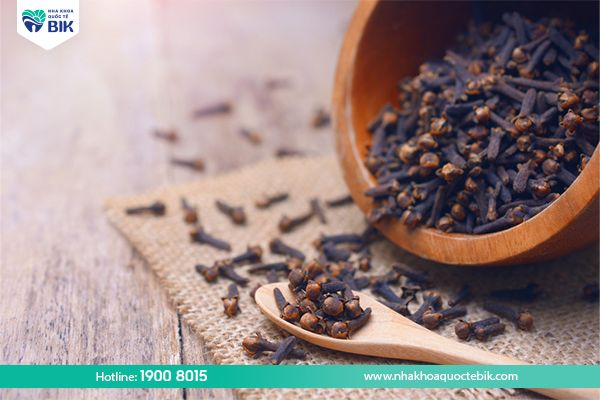
In some cases of toothache, home toothache relief methods are recommended by experts to be applied in conjunction with drug treatment or intervention to reduce pain and speed up recovery. If the toothache persists and does not subside, the patient may need to use pain relievers as prescribed by the doctor.
3. How to prevent toothache
To prevent loose teeth, you should note the following:
– Brush your teeth at least twice a day, especially after each meal to remove food plaque.
– Use a soft-bristled toothbrush with moderate brushing force to avoid damaging the gums.
– Replace the toothbrush every 3-4 months to avoid bacteria buildup.
– Use appropriate toothpaste to support healthy teeth.
– Combine dental floss to remove food debris between teeth, avoiding damaging the gums.
– Maintain a scientific diet, supplement with necessary vitamins and minerals to support increased resistance to help the body fight harmful bacteria.
– Visit the dentist regularly at least every 6 months to ensure regular oral health checks.
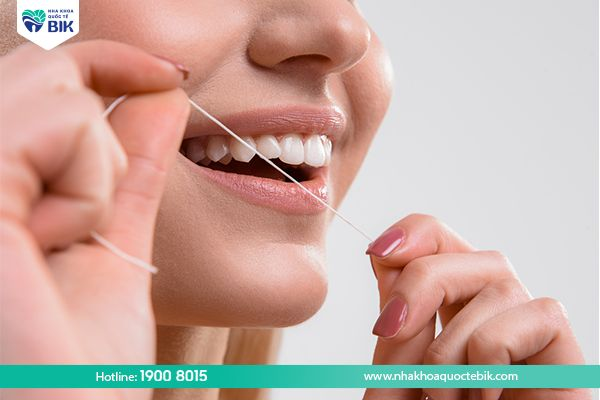
So toothache is not a disease but it is a sign of many other oral diseases. The cause of toothache can come from gingivitis, tooth decay, tooth abscess, … When detecting toothache, you can apply some of the above home toothache relief methods. However, patients should go to dental facilities for proper examination. BIK International Dental Clinic is a reputable dental address for toothache treatment with a team of highly qualified doctors that you can trust to choose.

